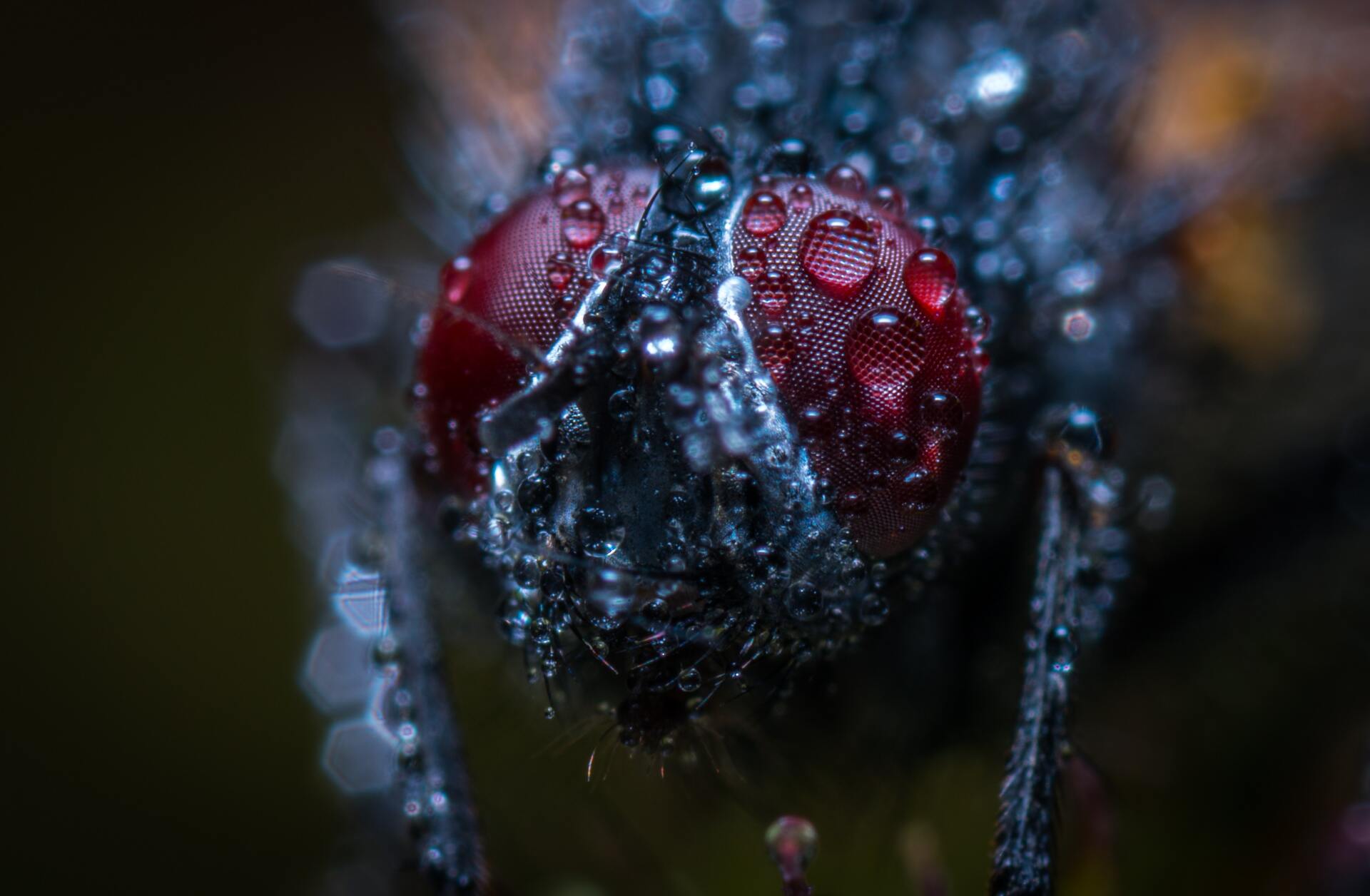What You Should Know About Carpenter Ants And Why You Should Care
What You Should Know About Carpenter Ants
And Why You Should Care

Many residents are eager to get out and enjoy the summer because of the rising temperatures and wonderful sunshine. While many families are frantically racing outside, one pest may be marching inside. Carpenter ants are most active in June, and while these annoying insects are little, the damage they wreak can be significant. In terms of look and behavior, these ants are unlike any other ant species. Homeowners can use some specific traits of this bug to determine whether or not they have a carpenter ant infestation. These ants can be evasive and difficult to spot, or they can be mistaken for other pests. In order to handle, solve, and prevent future carpenter ant problems in your home, you must first determine whether you have carpenter ants. If a homeowner suspects that carpenter ants are dwelling in their home, quick action must be taken to prevent the pests from inflicting more damage to the structure.
The Appearance of a Carpenter Ant
Carpenter ants are among the largest of all known ant species, measuring 6 to 12 millimeters in length. Male swarmers and queens, on the other hand, will be even bigger. Black, brown, red, yellow, and orange are some of the colors available. You might think you're dealing with black pavement ants based on their color alone. Carpenter ants, on the other hand, are nearly five times the length of pavement ants and have a single node between their thorax and abdomen. Other key traits to look for, in addition to size and color, are:
- Antennae with elbowed tips.
- There are six legs.
- Waistband cinched.
- The front wings are longer than the back wings.
The Behavior of a Carpenter Ant
Carpenter ants behave in a unique way compared to other invading species. Carpenter Ants are most interested in reproduction and building nests, but how they go about doing so is what turns out to be their key identifiers. You may not see carpenter ants in the early stages of damage when they enter your home. It's generally when they begin to build a nest that their presence becomes more apparent. Carpenter ants love to make their homes in soft, damp wood. This is why water-damaged dwellings are particularly prone to these ants. Carpenter ants, unlike termites, who are sometimes confused with Carpenter Ants, gnaw through the wood to construct galleries for themselves to tunnel through and build a nest for their colony. In comparison to termites, the damage caused by carpenter ants occurs over a longer length of time. The carpenter ant receives its name from its propensity of eating wood.
When the ants eat through wood, they leave behind piles of sawdust. Frass, or sawdust, is one of the most visible indications of a carpenter ant infestation. Dead ants or ant parts may be found in frass. Frass can be found beneath the nest as it is being constructed. Frass can be found near door frames, crawl spaces, baseboards, and water lines. After constructing a nest, worker ants will travel long distances in search of food before returning to the colony. In addition to building nests, these ants place a high value on reproduction. Carpenter ants start reproducing two years after they create a nest. Carpenter Ants with wings will leave the nest to mate while in flight. As a result, satellite colonies will be formed, increasing the chance of damage. These ants will then marry while in flight, resulting in the formation of new colonies. After mating, the male swarmer dies, and the female swarmer sheds her wings and searches for a new colony site.
The Signs of a Carpenter Ant
Unfortunately, detecting a carpenter ant infestation in the early stages of damage, before they have begun to establish a nest, is difficult. They don't start leaving telltale evidence that the homeowner has a carpenter ant infestation until they've started to nest. Worker carpenter ants hunting for food inside your home once the nest has been established is one of the first symptoms you'll notice. Frass is another well-known indicator of carpenter ants: if you notice small mounds of sawdust-like wood shavings in your home, carpenter ants are most likely to blame.
Rustling may also be heard inside your walls or other hollow buildings where the ants have taken up residence. If you tap the wood and it sounds hollow, you may have a carpenter ant problem. Because swarmer ants drop their wings after mating, you may notice shed wings about your home as well. Window sills, baseboards, and air vents are all common spots to examine. Due to the ants' nest construction, the wood structure infested by carpenter ants would become deformed and unbalanced in an advanced damage stage. Because the ants have chewed through any support the structure had, it may even fall in on itself under its own weight. You'll notice clean, "polished" galleries or channels that the carpenter ants have bitten through at this point. Carpenter ant activity can be detected if the galleries appear smooth.
What to do Next
To prevent further infestations, homeowners should seal cracks, remove tree stumps, and address moisture issues after the carpenter ants have been gone. Even with these precautions in place, homeowners should be on the watch for any recognizable indicators that may appear in the future. DIY approaches are not encouraged, despite how tempting it may be to take rid of the infestation yourself. Homeowner techniques will simply spread the infestation and depreciate their property value. Calling your local pest control professional as soon as you see damage, rather than depending on home cures, is the best plan of action for resolving and preventing carpenter ant damage in the future.


